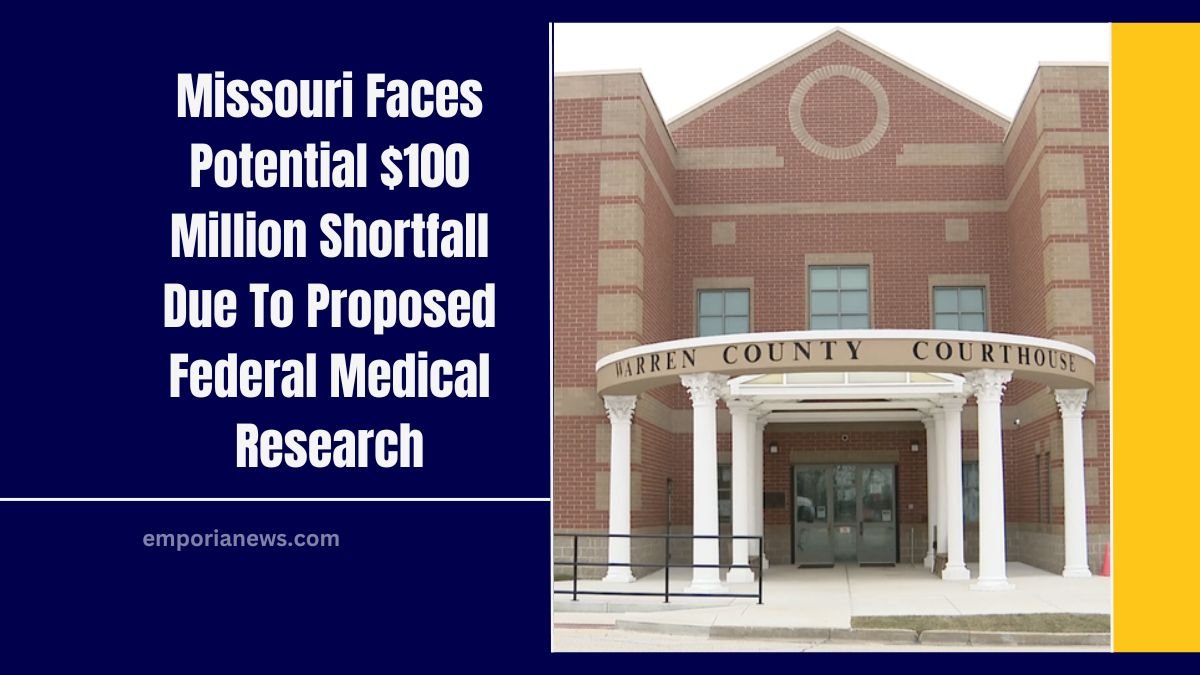The Trump administration’s recent proposal to reduce indirect cost reimbursements for medical research has significant implications for institutions nationwide.
In Missouri, universities and research organizations are confronting a potential loss of approximately $100 million in funding.
This article delves into the details of these proposed cuts, their potential impact on Missouri’s research landscape, and the broader consequences for medical and scientific advancement.
Understanding Indirect Costs in Research Funding
Indirect costs, often referred to as overhead costs, encompass expenses that are not directly tied to specific research projects but are essential for their execution.
These include administrative support, facility maintenance, utilities, and compliance with federal regulations. Traditionally, institutions have been reimbursed for these costs by federal agencies like the National Institutes of Health (NIH), with reimbursement rates varying based on negotiated agreements.
Proposed Changes by the Trump Administration
In a move aimed at reducing federal spending, the Trump administration has proposed capping indirect cost reimbursements at 15% of total grant funding.
This is a significant reduction from the current rates, which can be as high as 30% or more for some institutions. The administration argues that this cap will save approximately $4 billion annually and ensure that a larger portion of federal funds is directed toward direct research activities.
Impact on Missouri Institutions
Missouri’s research institutions are poised to be profoundly affected by these proposed cuts. In the most recent federal fiscal year, the NIH awarded 1,553 grants totaling $901 million to Missouri entities.
A significant portion of this funding is allocated to indirect costs, supporting the infrastructure that makes research possible.
The table below provides a breakdown of NIH funding to major Missouri institutions:
| Institution | Number of Grants | Total Funding (in millions) | Indirect Costs Percentage | Estimated Indirect Costs (in millions) |
|---|---|---|---|---|
| Washington University in St. Louis | 1,192 | $732 | 26% | $190.32 |
| University of Missouri – Columbia | 162 | $70 | 30% | $21 |
| St. Louis University | 63 | $25.8 | Data not specified | Data not specified |
| Children’s Mercy Hospital, Kansas City | 26 | $9.7 | Data not specified | Data not specified |
| Stowers Institute for Medical Research | 19 | $5.1 | Data not specified | Data not specified |
Note: Indirect costs percentages for some institutions were not specified in the available data.
Challenges Ahead
To comply with the proposed 15% cap, institutions like Washington University would need to reduce their indirect costs by approximately $80 million, either through administrative cuts or by securing alternative funding sources.
Similarly, the University of Missouri – Columbia faces a shortfall of about $10 million in indirect costs. These reductions could lead to significant challenges, including potential layoffs, scaling back of research projects, and delays in scientific advancements.
Broader Implications
The proposed cuts extend beyond financial constraints. Indirect costs fund essential services such as laboratory maintenance, advanced equipment procurement, and compliance with safety regulations.
Reducing support for these areas could compromise the quality and safety of research, hinder the training of future scientists, and diminish the overall research capacity of institutions.
Legal and Political Responses
In response to the proposed cuts, a coalition of 22 states has filed a lawsuit challenging the administration’s decision, arguing that the NIH is exceeding its authority and violating federal law by implementing these cuts retroactively and without proper authorization.
A federal judge in Massachusetts has issued a temporary restraining order blocking the cuts, providing a brief respite for affected institutions. However, the legal battle is ongoing, and the outcome remains uncertain.
The Trump administration’s proposal to cap indirect cost reimbursements poses a significant financial challenge for Missouri’s research institutions.
Beyond the immediate fiscal impact, these cuts threaten to undermine the infrastructure that supports critical scientific research.
As the situation evolves, it is imperative for stakeholders to engage in dialogue, advocate for sustainable funding models, and explore alternative resources to ensure the continued advancement of medical and scientific research in Missouri and beyond.




